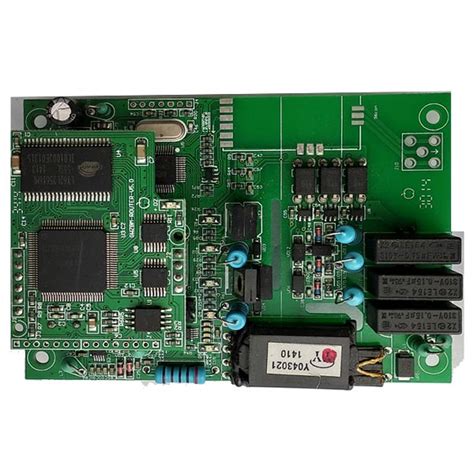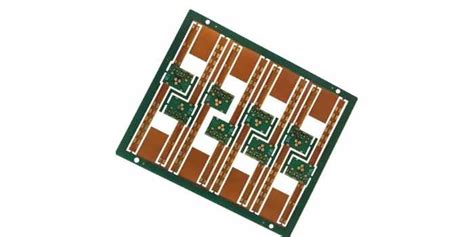The threat of static electricity is everywhere, and the electrostatic protection of electronic components is very important
During the SMT processing, electrostatic discharge can cause damage or failure to electronic components. With the increase in IC integration and the gradual reduction of components, the impact of static electricity has become more serious.
According to statistics, static electricity accounts for 8% to 33% of the factors that cause electronic product failure, and the loss of electronic products caused by static electricity is as high as billions of dollars each year.
Therefore, it is very important to implement electrostatic protection measures in SMT production. This article will introduce in detail how to take good electrostatic protection measures from the generation of static electricity to the protection of components and scenes.
How is static electricity generated?
Electrostatic discharge (ESD) is a physical phenomenon that refers to the transfer of charge caused by objects with different electrostatic potentials approaching or directly contacting each other. During the charge transfer process, there is a flow of charge, which transmits enough electricity to offset the voltage.
For example, when walking on a mat in winter, you will feel an electric shock; when touching the handle in winter, you will also feel an electric shock; when you wear clothes, you will hear crackling sounds, etc.
These trivial static electricity phenomena in life have a great impact on electronic components and electronic circuit boards. For example, static electricity breakdown may cause damage or failure of components, thus affecting electronic products. So what are the common static electricity in SMT production?

Common principles of static electricity generation
- Friction charging
When two different materials rub against each other, one of the materials will be charged and form static electricity. - Inductive charging
Under the action of the electrostatic field, the object undergoes a phenomenon of charge redistribution. For example, when a charged object approaches an uncharged object, a potential difference will be formed between the two. This potential difference will cause the charge to move on the uncharged object, thereby generating static electricity on the uncharged object. - Capacitive charging
Because a charged body that already has a certain charge approaches or separates from another object, the capacitance of the system changes, and the electrostatic potential on the charged body will change, forming static electricity.
● Static electricity in daily life:
Walking on a carpet can generate 1.5KV to 35KV static electricity;
Walking on a vinyl floor can generate 250V to 12KV static electricity;
Rubbing your butt on a chair indoors can generate more than 1.8KV static electricity;
When getting up from the sofa, the static electricity on the human body can be as high as 10KV;
When taking off synthetic clothes, the static voltage can be as high as tens of thousands of volts.
Pay attention to anti-static for electronic components
Electronic components that are sensitive to static electricity generally have anti-static signs. When encountering components with these signs during the production process, special attention should be paid to anti-static issues.
Semiconductor integrated circuits have taken protective measures against anti-static failure in their design, which can provide electrostatic discharge design protection of less than 2000V for sensitive components. At the same time, protection resistors and embedded diodes can be added through the circuit peripheral design to make them more anti-static.
Electronic components that are sensitive to static electricity
[Note] These values are for reference only. The actual values may vary depending on the model, production process, etc. When using these components, be sure to refer to the component specifications to understand their electrostatic discharge sensitivity, and take anti-static measures during the production process to protect them from electrostatic damage.

Damage forms of electronic components
- Complete loss of function
1) The electrical parameters of the device are seriously deteriorated and the original function is lost;
2) It accounts for about 10% of the components damaged by electrostatics. - Intermittent loss of function
1) The various electrical parameters of the device or product are still qualified, but its service life will be greatly shortened, the reliability will deteriorate, and it may completely fail in a subsequent damage;
2) It accounts for about 90% of the components damaged by electrostatics. - Common electrostatic damage scenarios
01 Placing components
When placing components on the patch board, due to the presence of the electrostatic field, the components may slip or deform from the placement position, resulting in defects or failures.
02 Accumulation of electrostatic charge
Due to the metal shell and grounding device of the SMT equipment, electrostatic charge will accumulate. If the electrostatic charge is not released in time, it will cause damage to the components.
03 Pollution and damage
Static charge can absorb impurities such as dust and oil, causing surface contamination of components or circuit boards, thus affecting their normal operation.
04 Adsorption and damage
During the process of transportation, storage or assembly, static charge can be adsorbed on components or other parts, causing them to malfunction or damage.
Basic principles of electrostatic protection
Electrostatic protection rules
- Use or install electrostatic sensitive components in electrostatic safe areas.
- Use electrostatic shielding containers to transport and store electrostatic sensitive components or circuit boards.
- Regularly check whether the installed electrostatic protection system is operating normally.
- Make sure that suppliers understand and comply with the above three principles.
Electrostatic protection steps - Avoid placing electrostatic sensitive components and circuit boards together with plastic products or tools.
- Make sure that the floor and table mats in the work area have sufficient conductivity. It is best to use a conductive rubber tabletop or stick conductive tape on the four sides of the table.
- Check whether the grounding system is good frequently, and the ground cable must be properly connected to the bus.
- When using electronic tools or instruments, make sure that the tools or instruments used meet the electrostatic protection requirements.
- Limit the use of packaging materials such as plastic bags and foam boxes. If you must use them, make sure that the packaging materials are conductive or made of metal.
- Wear anti-static clothing and shoes, use anti-static tools and gloves, and anti-static wristbands.
- Hire professionals who have received electrostatic protection training to ensure that anti-static measures are correctly implemented.
- Regularly conduct electrostatic protection inspections and tests to ensure the effectiveness of anti-static measures.
- Employees and guests who are not wearing wristbands are prohibited from approaching the electrostatic protection workstation. Once a violation is found, they should be stopped immediately and reported to the superior.
- If problems or defects are found in the electrostatic protection system, they should be reported to the superior or the person in charge of electrostatic protection immediately, and timely measures should be taken to improve and deal with them to ensure the effectiveness of the electrostatic protection system.
Manufacturability risk check
Huaqiu DFM software is a process software for manufacturability inspection. Although there is no corresponding inspection item for the SMT electrostatic protection mentioned above, it can check the graphics of the PCB design, such as checking whether the location of the PCB anti-static design has manufacturability risks.






